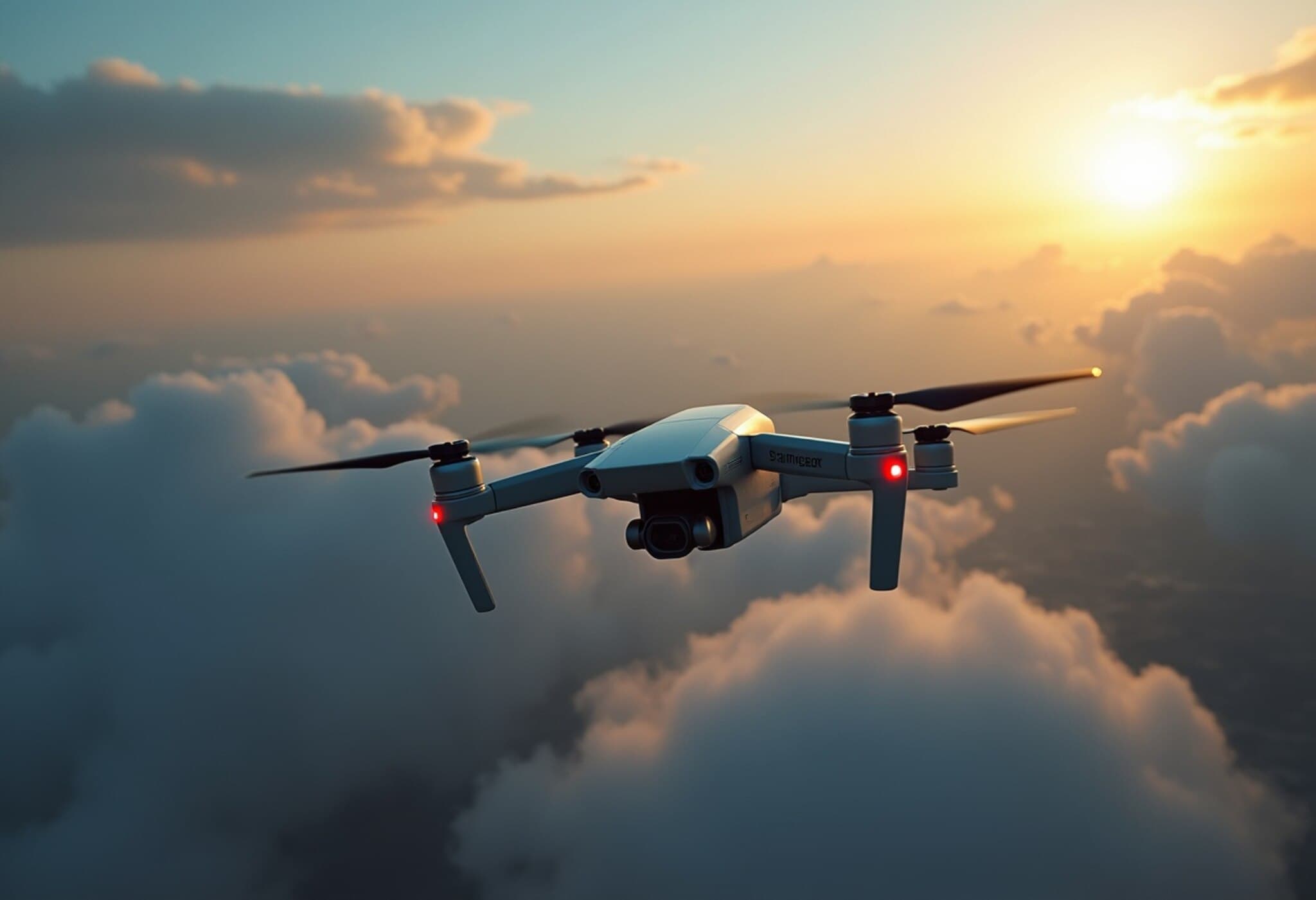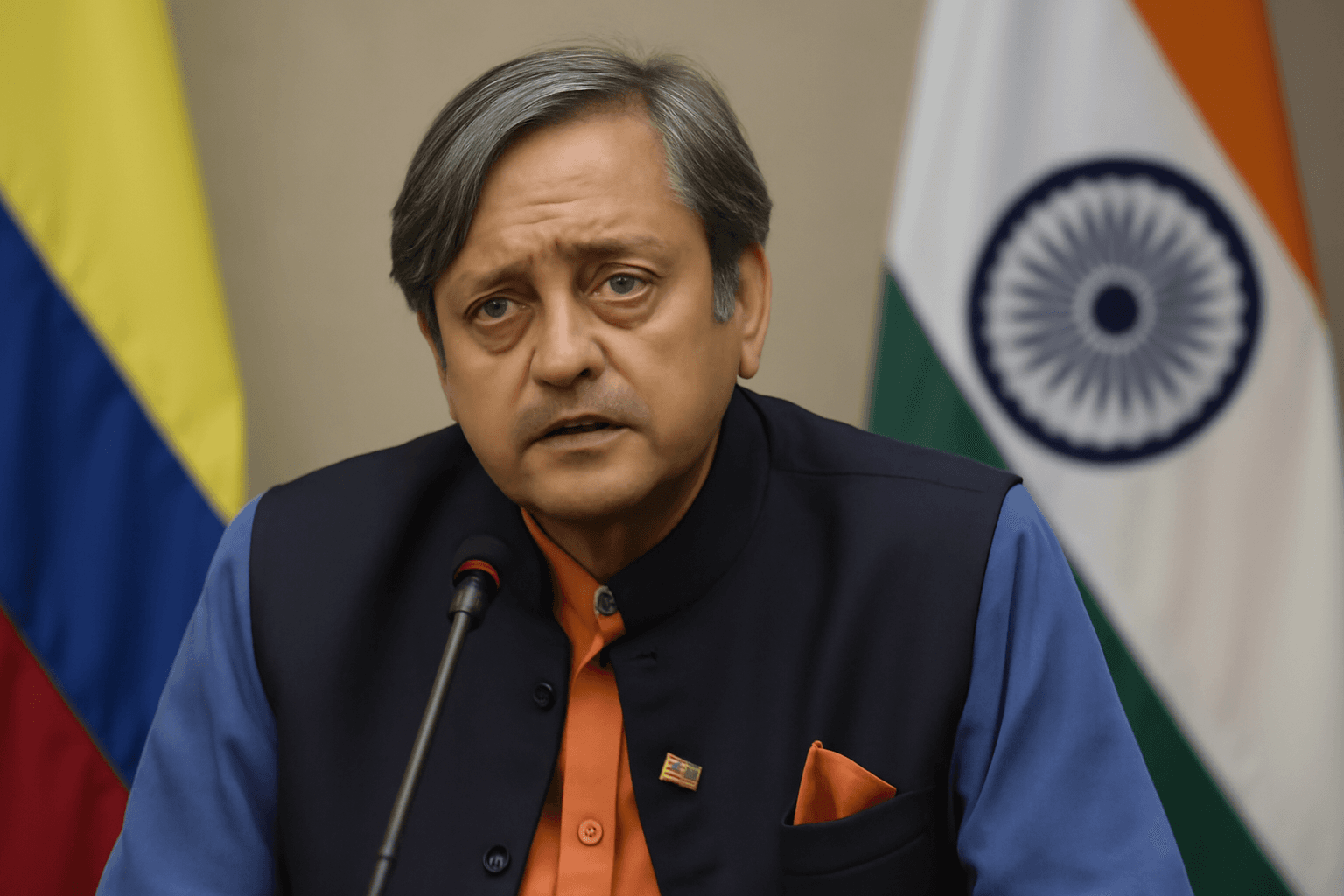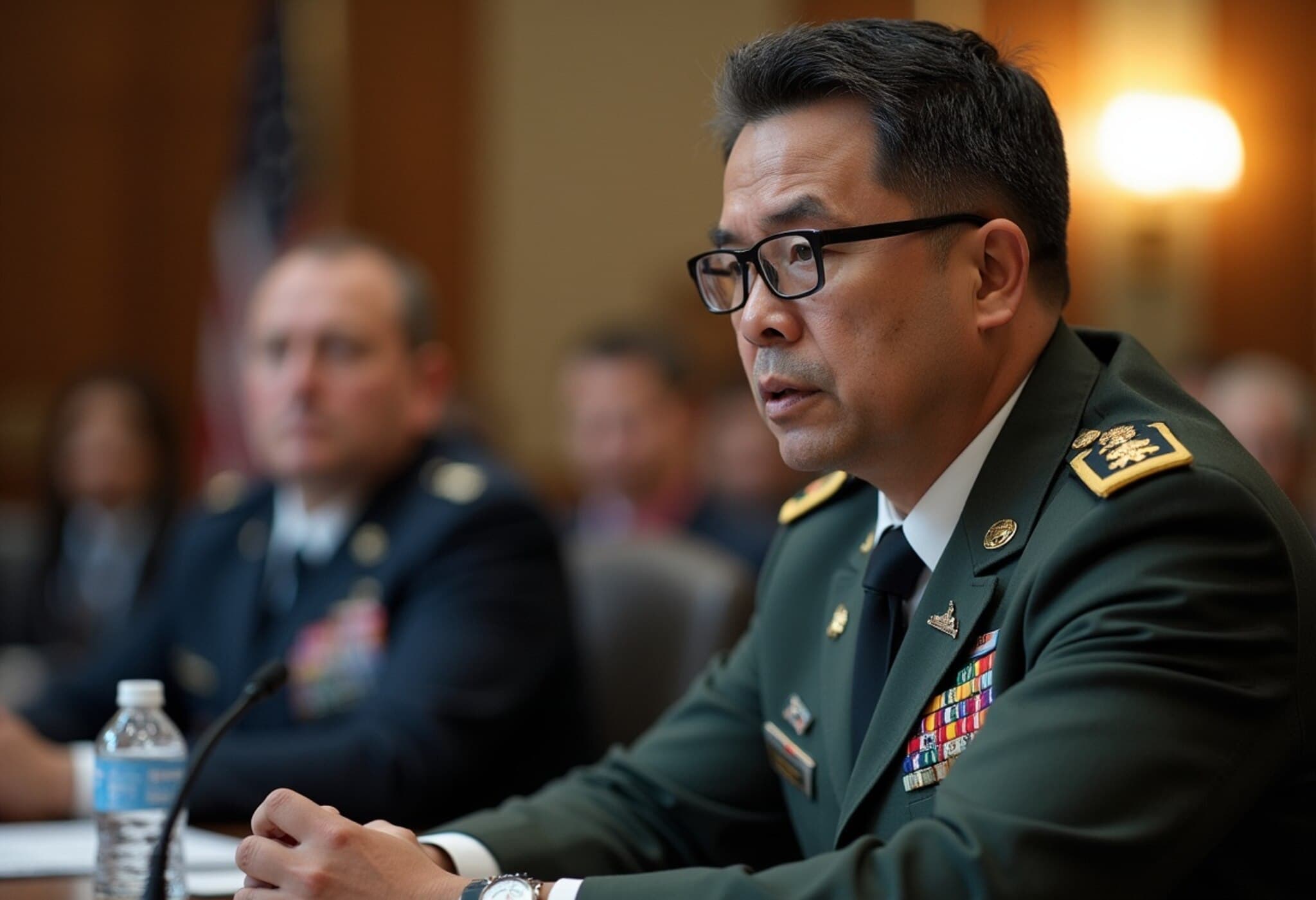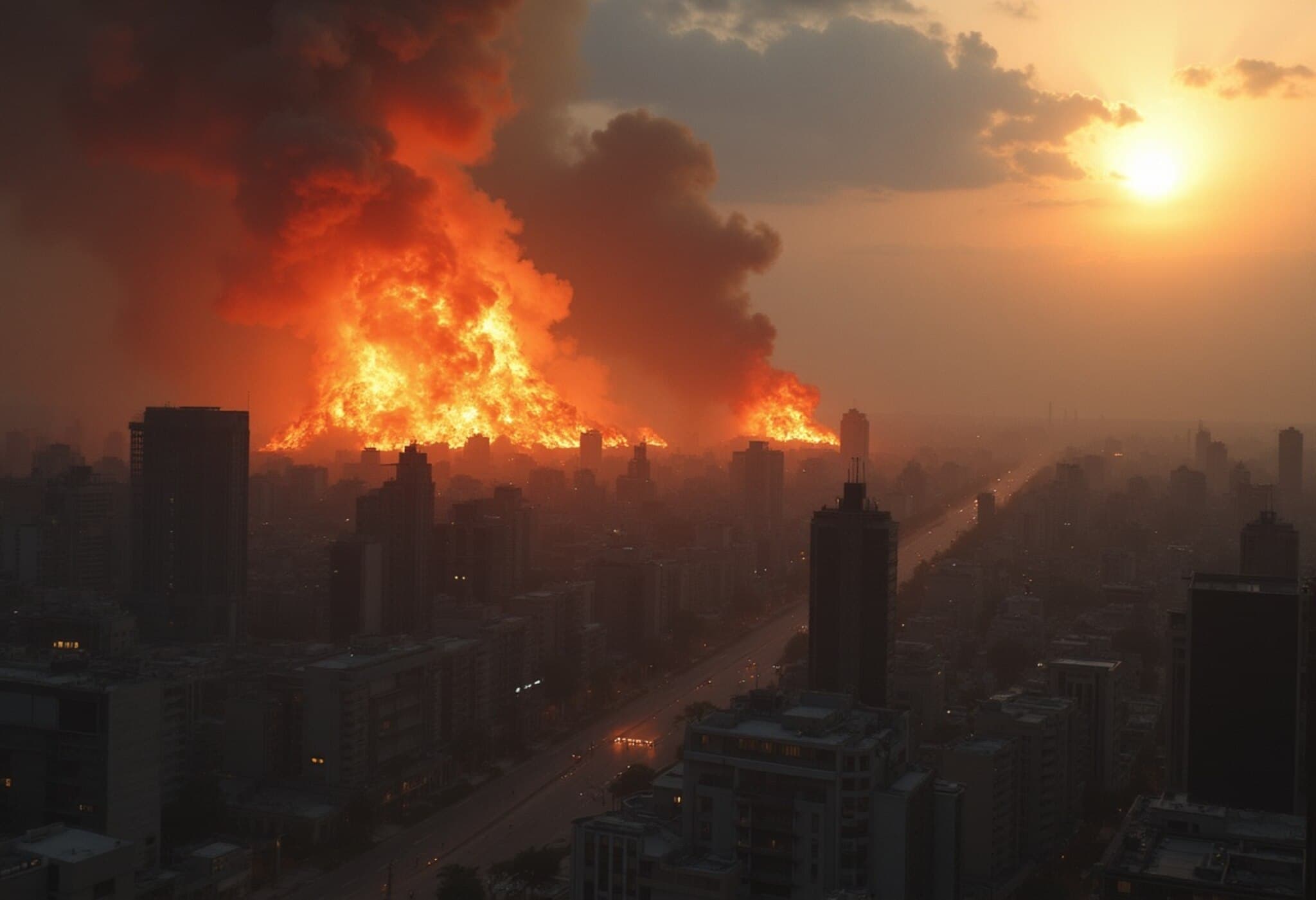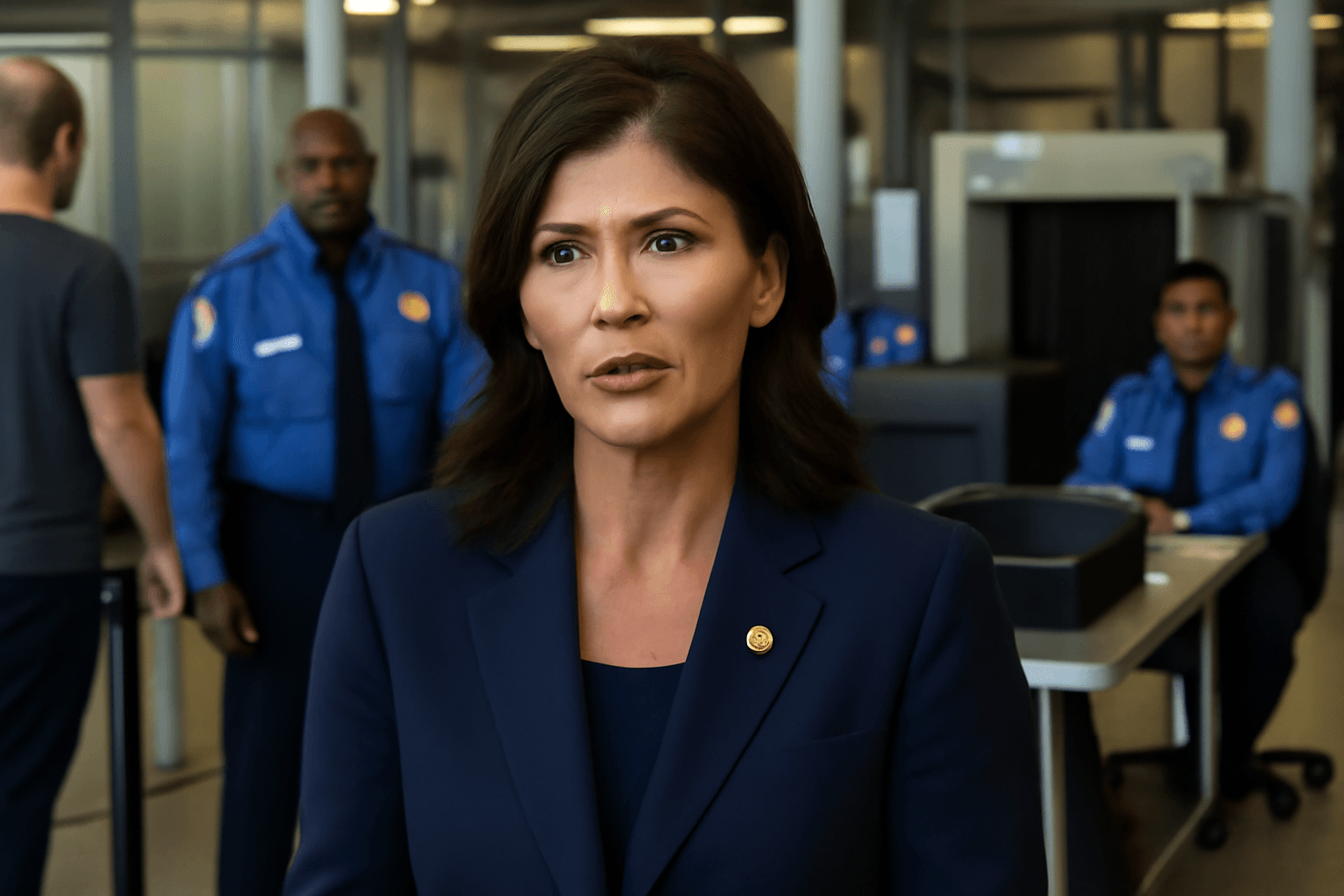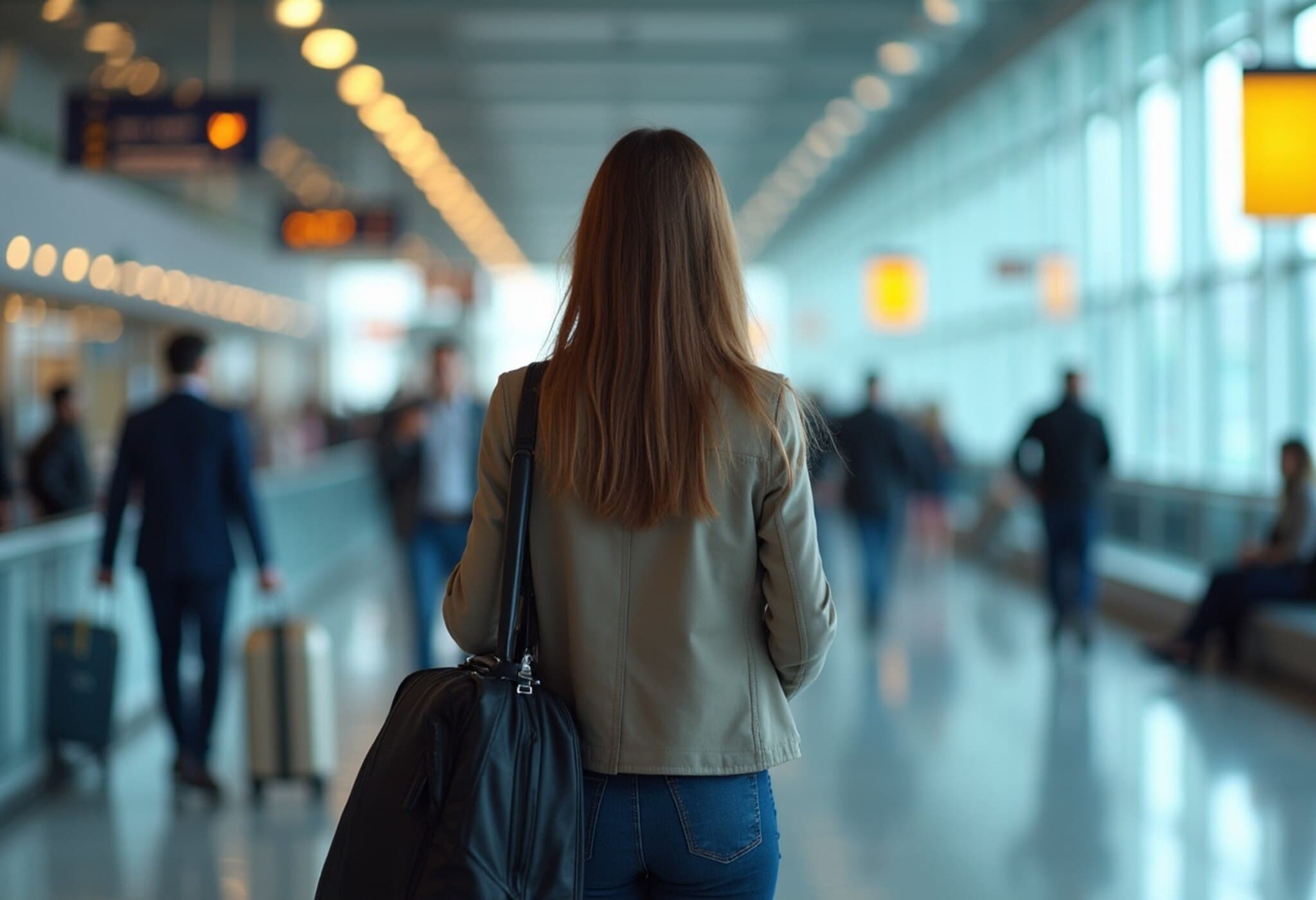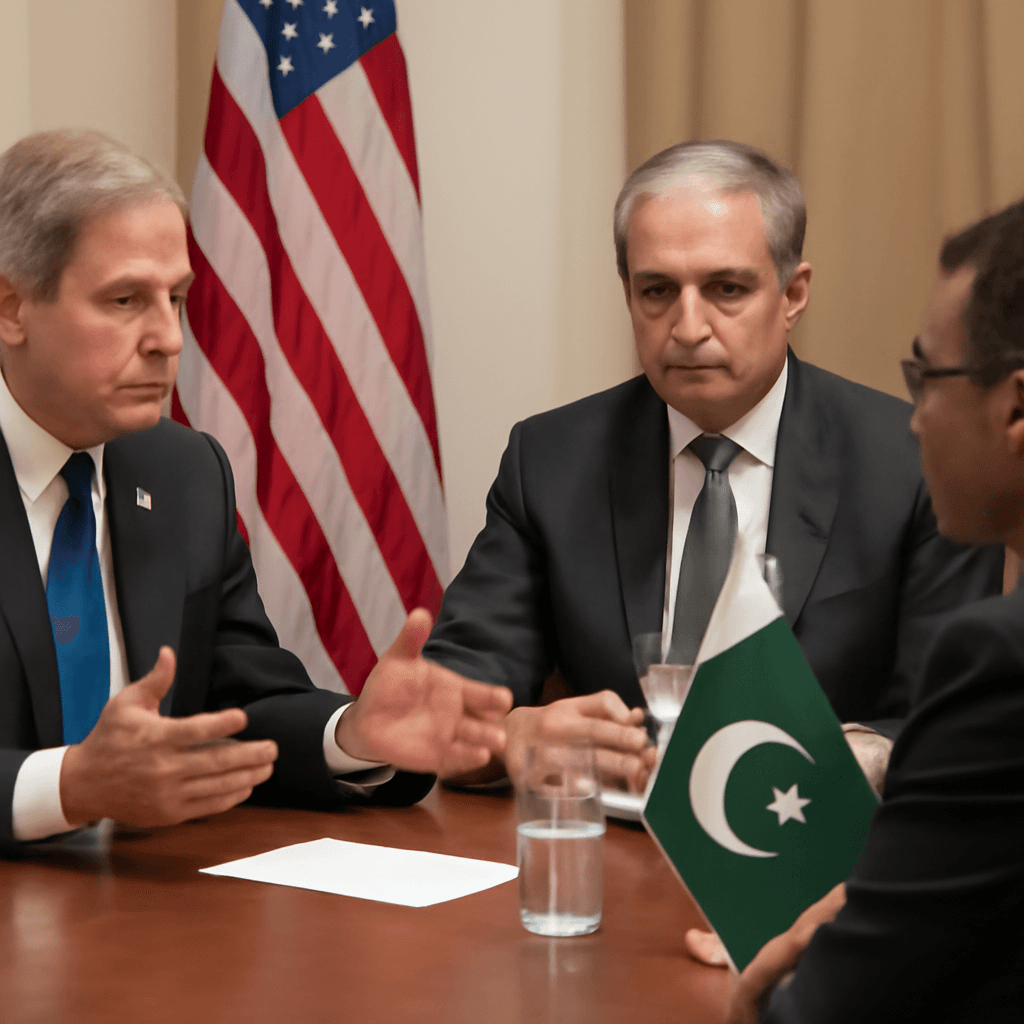Surge in Drone Activity Near US Airports Raises Alarms
Over the past few years, American airspace has witnessed a startling rise in unauthorized drone activity, alarming security officials and lawmakers alike. Since 2021, more than 3,000 drone events have been recorded near major US airports, with at least 11 commercial aircraft this year reporting evasive maneuvers to avoid potential collisions. Such developments not only disrupt flight schedules but also pose a direct threat to passenger safety and the overall integrity of air traffic operations.
Critical Incidents Spotlight Unpreparedness
Steven Willoughby, a counter-drone specialist from the Department of Homeland Security, testified before the Senate Judiciary Committee, revealing troubling cases where drones actually collided with emergency response aircraft in California and Texas during critical operations in 2025. These collisions underscore the real-world consequences of insufficient drone monitoring and control frameworks.
Broader Security Threats: Intentional Drone Use at Mass Gatherings
Beyond interference with commercial flights, officials have spotlighted the potential for drones to be weaponized, particularly at mass gatherings such as major sporting events. Since 2018, the Secret Service has recorded hundreds of drone intrusions violating Temporary Flight Restrictions (TFRs) intended to safeguard the President and other dignitaries. These breaches highlight vulnerabilities in national security protocols amidst the rapid proliferation of consumer drone technology.
Border Surveillance and the Expanding Drone Presence
Adding another layer of complexity, government sensors detected over 27,000 drones within 500 meters of the U.S.-Mexico border in the latter half of 2024 alone. This surge reflects increasing attempts to use drones for smuggling and surveillance activities, complicating already challenging border security operations.
Calls for Legislative Action and Enhanced Federal Authority
As drone technology becomes more accessible, lawmakers and security officials stress the urgent need to update laws and regulatory frameworks. Senators at the hearing emphasized enhancing penalties for malicious drone use and granting federal agencies expanded powers to swiftly counter unauthorized drones.
Despite the growing threat, Justice Department officials noted an alarming gap in protective coverage. According to the FBI, their counter-drone measures currently cover a mere 0.05% of the more than 240,000 special events held annually across the country, leaving the vast majority vulnerable to drone-related incidents.
Expert Insight: Navigating the Drone Dilemma
Industry experts suggest that traditional aviation policies must evolve to address the unique challenges posed by drones. This includes investing in advanced detection and neutralization technologies, developing standardized no-fly zones around sensitive locations, and fostering public awareness campaigns to educate drone operators on responsible usage.
Legal analysts argue that balancing civil liberties with security imperatives will be critical as Congress debates new drone legislation. Overly restrictive laws risk stifling innovation and recreational use, while leniency could expose communities and infrastructure to increasing dangers.
Looking Ahead: Integrating Safety in the Age of Drone Proliferation
The rapid growth in drone incidents near airports, major events, and borders highlights a pressing challenge for U.S. security agencies. As drones become more prevalent, striking the right balance between harnessing their commercial benefits and mitigating their risks will require coordinated efforts across federal, state, and local governments.
Summary Box: Key Takeaways
- 3,000+ drone incidents near US airports since 2021, with aircraft evasive maneuvers reported.
- Drone collisions with emergency aircraft in California and Texas underline grave safety concerns.
- Hundreds of drones have breached high-security zones protecting top officials since 2018.
- 27,000+ drones detected near the southern US border in late 2024, complicating border security.
- Current federal counter-drone coverage safeguards less than 0.1% of special public events.
- Congress urged to legislate stricter drone regulations and empower law enforcement.
Editor's Note
The escalating drone activity near sensitive US locations reveals a multi-faceted security challenge in the 21st century. While drones offer innovative possibilities, their misuse demands a proactive and nuanced response—from updated legal frameworks and technological solutions to community education. As policymakers grapple with these complexities, the balance between safeguarding public safety and preserving personal freedoms will remain at the forefront.

